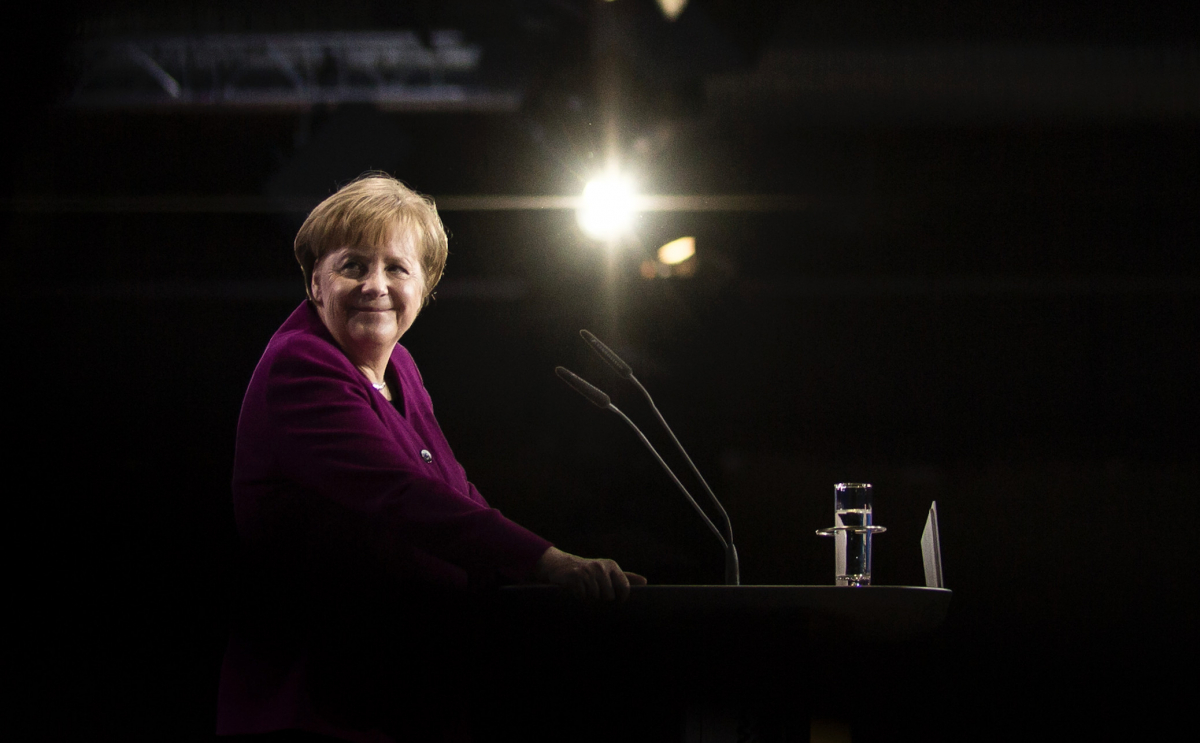This network wants to improve the quality of life in cities
Cittaslow: That’s the name of a network that advocates deceleration and conscious living in cities. Participating municipalities want to increase the quality of life in their region and promote environmental protection. We introduce you to the concept of movement.
from slow food most of you have probably heard it before. The globally active movement is committed to ensuring that local food culture and traditions do not disappear and that people are more conscious about their food and nutrition again.
Contents
Deceleration in cities: That is Cittaslow
The so-called Cittaslow movement works in a similar way. “Slowly for a better life,” says a corresponding one, for example manifest. However, it is not just about food, but about a “good life” in cities. The main focus is on deceleration, diversity and sustainability.
the basic idea is to maintain and improve the quality of life in cities. The philosophy of Slow Food is transferred to the communities and the administration of small towns. “The good life means having the opportunity to enjoy solutions and services that allow citizens to live their city in an easy and pleasant way,” states the Cittaslow philosophy.
In addition, human interaction, the ecological footprint and the prospects of future generations are essential for the participating cities. “The project will respect the small realities in an increasingly globally networked world,” according to the philosophy.
Cittaslow formed out of fear of fast food chains
The was brought into being movement 1999 in Italy. Some mayors of Slow Food cities joined forces. The whole thing was triggered by concerns about the loss of food culture. At that time, a fast food restaurant was to be built on the famous Spanish Steps in Rome.
In response, Greve Paolo Saturini, the mayor of the Tuscan town, founded Cittaslow. The term can be translated as Slow City, i.e. slower city.
We are no longer satisfied that the cities built as faceless metropolitan areas are all alike and it doesn’t matter which one we live in. Today we are rediscovering the importance of historic town centres, restored cultural and historical places and buildings, going back to local products and learning to redesign our social relationships.
Technology as a tool for the Slow City movement
In order to achieve this, technological possibilities and modern solutions in the areas of communication, transport, import, production and sale should be used. Life in the cities should be less hectic and fast as a result.
Among other things, Cittaslow promotes the use of technologies to improve the quality of the environment and the urban fabric.
This is intended to ensure the production of unique foods such as wine, as these contribute to the character of a region. In addition, the movement is also intended to promote communication between local producers and consumers.
This is how communities become part of Cittaslow
“Slow cities are not state capitals or regional government seats,” say the founders of Cittaslow. For now, the movement is focused around smaller communities with fewer than 50,000 residents who have chosen to improve the quality of life. The term should also function as a seal of quality.
A total of 33 countries, 287 cities and 20 municipalities are now part of the movement. In 2001, Hersbruck in Middle Franconia was the first city in Germany to take part. A further 21 cities and municipalities have since joined. However, if you want to take part, you have to complete an extensive catalog of criteria fulfill.
“The common goal is to create shared experiences that focus on gourmet food, incoming, quality of service and the environment,” says the movement’s goal.
Also interesting:


